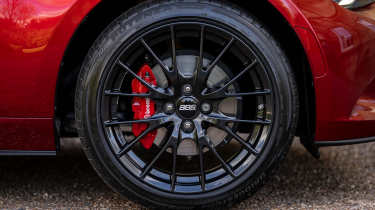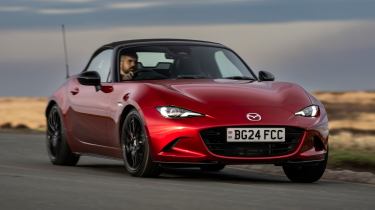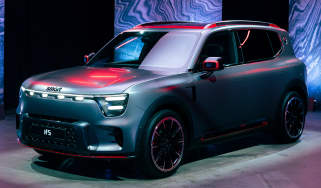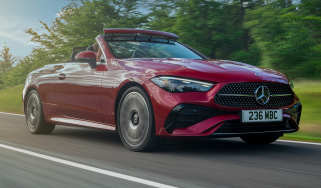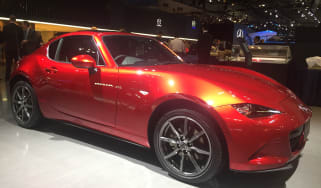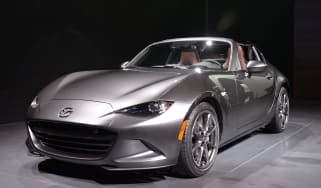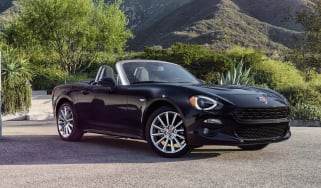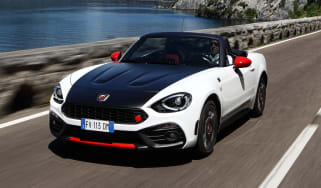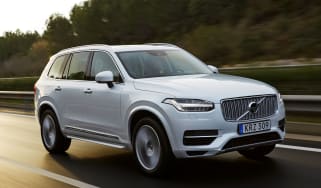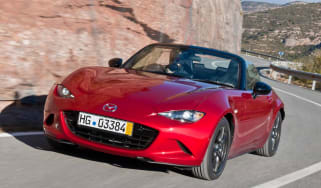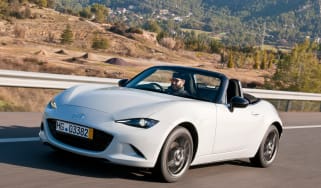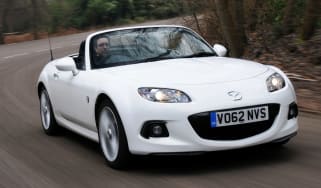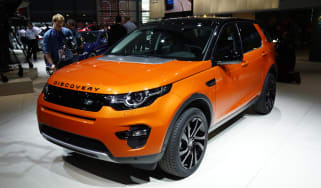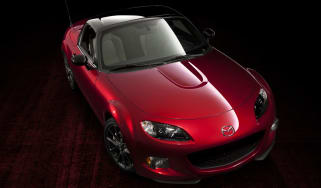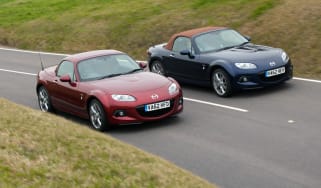Mazda MX-5 review – the benchmark affordable sports car
"The MX-5 combines usability, driving fun and dependability to make it one of the most engaging convertibles on the road"
Pros
- Sharp, distinctive styling
- Fantastic fun to drive
- Usable every day
Cons
- Roof limits visibility
- Not the most practical car
- Interior is showing its age
Verdict – is the Mazda MX-5 a good car?
The Mazda MX-5 is one of the best all-around sports cars on sale, in an increasingly small cohort. When it comes to enjoying a challenging road, the MX-5 has few peers, but its price has crept up over the years. While the MX-5 was once seen as a bargain sports car, top models now command a price tag of around £36,000 – and more for the RF – putting it up against some much faster hot hatches. Still, on the right day, and along the right road, the MX-5 will put a bigger smile on your face than almost any other car.
Mazda MX-5 models, specs and alternatives
When people think of a ‘car for the people’, the first thing they might think of is how useful or practical it is to daily life for the masses, but what about making driving enjoyment accessible to all? That’s where the Mazda MX-5 comes in – it’s the world’s best-selling sports car, and its magic lies in its reputation as an affordable, fun-to-drive, yet reliable roadster.
The goal of the MX-5 has always been to offer the tradition of the classic British rear-wheel drive convertible, which has been key to its success. However, the difference with the MX-5 is that – thanks to meticulous Japanese engineering – you know you’ll be able to jump in and drive it without the fear that it might not start.
More reviews
In-depth reviews
While many cars have moved significantly away from their roots, the Mazda MX-5 has stayed remarkably true to its original recipe from 1989. It’s lightweight and rear-wheel drive for agile handling, and while it’s offered with a more powerful 2.0-litre engine, base models get a 1.5-litre unit with a power figure closer to that of the original, which will appeal to purists.
The Mazda MX-5 comes in two body styles – the standard car is a soft-top convertible which we named our best convertible in the 2025 Carbuyer Best Car Awards, but it’s also available as a hard-top fastback called the Mazda MX-5 RF, which we've reviewed separately. The great thing about the RF variant is that you get all the benefits of a coupe, such as improved refinement, quietness and security, when you need them, and yet the hard top doesn’t impede on the MX-5’s boot space at all.
Since the latest Mazda MX-5 launched in 2014, it’s been through a slew of subtle updates and improvements to keep it up to date. The latest was for the 2024 model year, when the MX-5 got slightly revised headlights and tail-lights as well as integrated daytime running lights. Under the bonnet the throttle response was improved alongside the sound from the 2.0-litre engine to make for a more visceral driving experience.
Mazda has also recalibrated the steering and all MX-5s now get a limited-slip differential as standard. This helps add traction to the rear wheels so the car can put down its power much more effectively. The automatic option was also dropped for the latest facelift in the UK market.
The MX-5’s appeal has never been so much about high power figures or quick sprint times, but fun at moderate speeds, and this is especially true of the latest model. It’s incredibly nimble – narrow tyres provide respectable grip, but not too much, so confident drivers can enjoy pushing the car without going too fast. It’s a car that loves to be driven around its limit, with just enough power to keep driving entertaining but safe.
Frenetic fun aside, the MX-5 is a great car to cruise around in: very compact dimensions make it easy to park and thread through narrow city streets. The steering is accurate and tells you all you need to know about how much grip the car has, while the clutch and gear shift allow fast, satisfying shifts.
The car’s light weight also means the suspension doesn’t have to work so hard, and it's softer than you might expect, making the MX-5 forgiving over bumps. Inevitably the fabric roof means that in standard guise the MX-5 isn’t the quietest car to ride in at motorway speeds, but it’s not as bad as you might expect, and the MX-5 RF is more suited to this type of use.
 The best convertible cars on sale 2025
The best convertible cars on sale 2025
The latest version of the MX-5 comes offered in three trims: Prime-Line, Exclusive-Line and Homura. The more powerful 2.0-litre engine is reserved for the two higher trims and does feel peppier and more fun, but we still like the 1.5-litre models for their purity.
The only factor that limits the MX-5’s appeal is its poor practicality. There are only two seats and the boot holds 130 litres of luggage – even less than the MINI Convertible. There’s not a lot of storage inside the car aside from a lockable cubby between the front seats, while a few design oversights such as poorly sited cupholders can be irritating.
Okay, so the interior won’t win any awards in terms of innovative design, but as a driving-focused model first and foremost, Mazda knows its market well and we like the use of quality leather on Exclusive-Line models and above, though some cheaper materials are present on entry-level cars. Though arguably old-fashioned, its traditional analogue dials might equally feel like a welcome feature to purists.
Raising and lowering the manually-operated soft-top is an easy process and it doesn’t eat into boot space when it’s down, while the RF’s roof is fully automatic. Rear visibility is slightly reduced on both versions when the roof is raised, but the soft-top is made from thick material and does a reasonable job of keeping the worst wind noise out of the interior.
Testament to the MX-5’s longevity is how its rivals are so few and far between. Originally this generation of Mazda’s sports car was launched alongside the Fiat and Abarth 124 Spider, both of which shared many underpinnings with the MX-5 albeit with different engines, but these were later discontinued. It was also a close competitor to the Toyota GT86 and its successor, the Toyota GR86, both of which are also off sale. There’s not much out there that quite compares with the MX-5 in terms of price, but if you have a much larger budget upwards of £53,800 and want an engaging sports car with a more luxurious feel, then you might consider the Porsche 718 Boxster.
The BMW 2 Series is another alternative, and while some versions can be had for less than the Boxster, you won’t get the open-top driving experience, it still starts from £10k more than the MX-5 and you can only spec expensive top-spec M2 models with an optional manual transmission.
Which Is Best?
Cheapest
- Name1.5 [132] Prime-Line 2dr
- Gearbox typeManual
- RRP£28,315
Most Economical
- Name1.5 [132] Prime-Line 2dr
- Gearbox typeManual
- RRP£28,315
Fastest
- Name2.0 [184] Exclusive-Line 2dr
- Gearbox typeManual
- RRP£32,735


